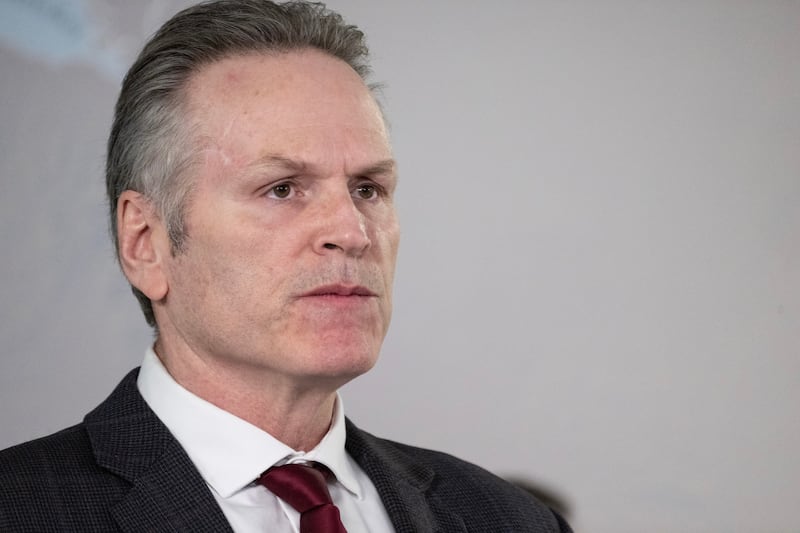Mike Dunleavy's Strategic Response to Alaska's Fiscal Challenges
Mike Dunleavy, Alaska’s governor, is at the forefront of the state’s efforts to manage its budget shortfalls. As Alaska faces shrinking oil revenues and mounting fiscal pressures, Dunleavy has taken decisive steps to curb spending and seek long-term solutions.
Facing Fiscal Realities in Alaska
Alaska's economy relies heavily on oil revenue. Recent declines have created significant budget gaps, prompting urgent discussions among lawmakers. Governor Mike Dunleavy has highlighted the need for sustainable solutions that ensure fiscal stability without overburdening residents with new taxes. His approach is not only to address immediate shortfalls but to craft a framework for Alaska’s long-term financial health.
Administrative Action: Freezing Spending and Hiring
In May 2025, Mike Dunleavy issued an executive order to limit state spending by enacting a hiring freeze and curbing out-of-state travel for public employees. These measures exempt critical public safety and essential frontline roles, demonstrating a focus on protecting vital services. According to Alaska’s News Source, this administrative order aims to keep Alaska’s finances in check as the state responds to falling oil prices. Dunleavy stated, "With oil prices dropping and our savings accounts unable to carry us through even one year of full state operations, we have no choice but to act now."
Seeking Collaboration for a Lasting Fiscal Plan
Rather than relying solely on tax increases, Mike Dunleavy calls for a collaborative, measured approach. He encourages the Alaska Legislature to form a joint team with his administration to build a comprehensive fiscal plan. In a recent news article, Dunleavy emphasized the importance of combining revenue measures with strict spending limits and competitive economic policies. Lawmakers have debated changes to the Permanent Fund dividend formula and proposed tax legislation, but Dunleavy has largely opposed standalone tax measures, viewing them as insufficient for a long-term solution.
Balancing Budget Priorities and Public Needs
Dunleavy’s fiscal approach focuses on safeguarding essential public services—like education and health—while maintaining budget discipline. Although some revenue-raising bills, such as SB 113 (taxing out-of-state online businesses), have seen legislative support, Dunleavy has expressed concerns about tying such revenue directly to education funding. This reflects his broader philosophy: Alaska’s fiscal health depends on a balanced strategy, not short-term fixes.
The Road Ahead for Alaska
Alaska’s financial outlook remains uncertain, but Mike Dunleavy’s leadership underscores a commitment to responsible stewardship. His call for bipartisan cooperation and disciplined spending offers a path toward stability. Lawmakers and citizens alike will be watching closely to see how these strategies unfold and shape the state’s future.
To stay informed about Alaska’s evolving fiscal policies and Mike Dunleavy’s next steps, read more from credible sources such as the Anchorage Daily News.
Conclusion:
Governor Mike Dunleavy’s response to Alaska’s fiscal crisis combines actionable spending reductions with a push for collaborative policy-making. His leadership highlights the importance of partnership and prudent management as the state navigates financial headwinds. For in-depth updates on Alaska’s fiscal strategies, follow reliable outlets and stay engaged in local developments.
